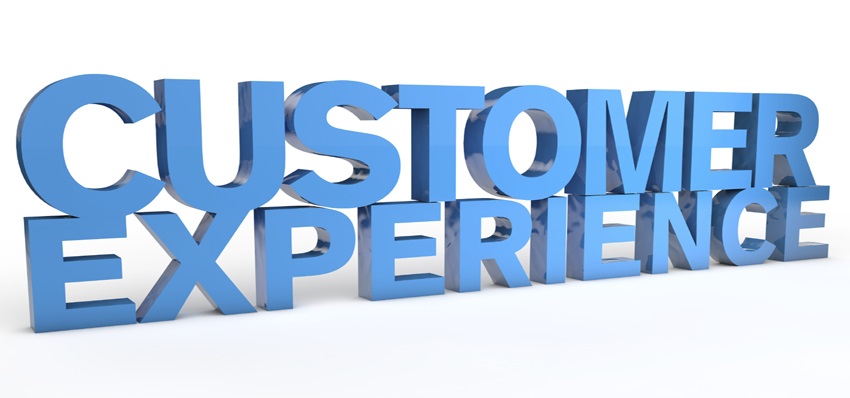Search posts by keywords:
Filter posts by author:
Related NEAT Reports
Other blog posts
posted on May 30, 2017 by Ivan Kotzev

NelsonHall recently attended the HGS Analyst and Advisory Summit in NYC. The event combined client perspectives with an update on the company’s healthcare business, a review of the latest offerings within its DigiCX suite of digital services, and discussion of the changing nature of customer experience (CX).
Optimizing the healthcare payer member experience
In 2015, HGS acquired a majority ownership in Colibrium, an Atlanta headquartered health plan marketplace with its own proprietary Healthcare CRM overlay. Today, Colibrium has ~10m members across its ~50 deployments. Through the merger Colibrium benefited from HGS’ healthcare experience in several ways:
- Payer, provider, and broker front and back office services
- Large-scale clients
- Offshore, nearshore, and onshore work-at-home (WAHA) delivery model supported by 12k employees, of whom 1.1k are qualified nurses.
HGS’ ambitious plans for the healthcare industry include adding additional clinical services for both the payer and provider markets, obtaining the required license for claims coding and clinical work in all 50 states, and expanding the WAHA model.
The larger challenge in the space is how to acquire, engage, and retain plan members, who are digitally connected, have little plan loyalty and trust in the system, and believe that healthcare is expensive, confusing, and hard to understand. In an environment where customers can purchase life insurance on their mobile, shop for pharmaceuticals across national borders, and have wearables for health monitoring, outsourcing providers such as HGS can stand out by offering a unified experience. For the healthcare providers, HGS aims to deliver regulatory expertize, cost optimization, and scalability during the peak January-February season. In the next stages, it plans to generate richer business insights by analyzing usage activity, member behavior, and VOC.
But for the digital members, HGS is looking for a new approach to the member lifecycle. This includes driving online traffic and lead generation for open enrollment, engagement through click to chat and web portal shopping, support from a human or virtual assistant called Sheila (running on messengers and webchat), as well as self-service set-up, nurse concierge, and proactive support and extension to the wellness industry.
Design thinking for digital CX
In the middle of last year, HGS officially launched DigiCX. DigiCX is a suite of multi-channel CX services including chat, social, email, SMS/text, and messaging channels under an automation and analytics framework. The identifier of DigiCX is the self-service lead. HGS looks to enable digital transformation through an “outside in” and “inside out” design thinking approach that champions self-service and automation, which in turn fund the required investments in tools and consulting resources. For example, the company is working with a global CPG company to conceptualize and create a chatbot avatar for sales and level 1 service queries. For a high-end consumer electronics brand, a recent HGS win, the provider automated 48% of customer emails such as order status and product registration, and for technical support uses NLP to guide customers to troubleshooting videos. The next phase is an SMS bot to automate shipping status inquiries. The bot will be called Veronica.
The combination of customer-facing automation, self-service, and digital channels carries a number of direct business impacts. It lowers costs on average by ~20% in the first phase, adds new channels to meet customers where they naturally prefer, extends the hours of operation, yields more business and VOC insights on the product and services, generates new revenue streams, and improves customer satisfaction.
From their implementation experience, HGS has identified several take-aways:
- It is important to focus on the outcome and handle the whole engagement, but start with a quick deployment
- Automation may cannibalize voice volume, but as new channels open it will increase interactions and the overall business pie will expand
- Identify customer conversations, not messages or calls. Pivot to automated conversations and keep the live agent support using analytics to decide when to turn it on/off
- More and more clients bundle customer care transactions with digital marketing and sales.
Investment in current channels and future analytics
HGS is actively adopting the emerging channels of social messengers such as WhatsApp and Facebook Messenger. Markets such as North America show significant opportunities for messengers to be the default sales and support interface. While the asynchronous nature of messengers empowers customers in the support processes, HGS is initially eyeing the sales processes. The company is working with technology partners and clients to optimize consumer lead generation, where the interaction begins in the messenger and then a live or automated agent identifies the moment of truth to drive the contact through the sales funnel process. As the early market examples have shown, communication over messengers increases advocacy for the new generation of digital consumers.
With the support of machine learning, bots are integrated into live conversations over messengers to manage a larger share of the customer lifecycle, giving responses and finding answers, moving away from objective to subjective ones. As a CX provider, for HGS this means a further push towards the IT path with customer interaction analytics, rich media analytics, predictive modeling, NLP, and cognitive computing. The company is boosting its technology competencies through partnerships with AI start-ups and own analytics platforms looking to integrate machine and human led interactions as the optimal way to transform CX.
New objectives for outsourcing clients
An undercurrent of all these consumer and technological changes is the shifting focus of outsourcing clients. As Chris Lord, HGS Global Head – DigiCX, Growth, Strategy and Marketing, highlighted, the target contacts in the client organizations are changing to product owners and marketing execs, and their expectations are for the provider to have the domain insights and expertise to merge CX with sales. As more senior leadership conversations switch towards uplift and new sales, the goal for HGS is to measure the ROI from the digital transformation by delivering a business case with an incremental value proposition.
